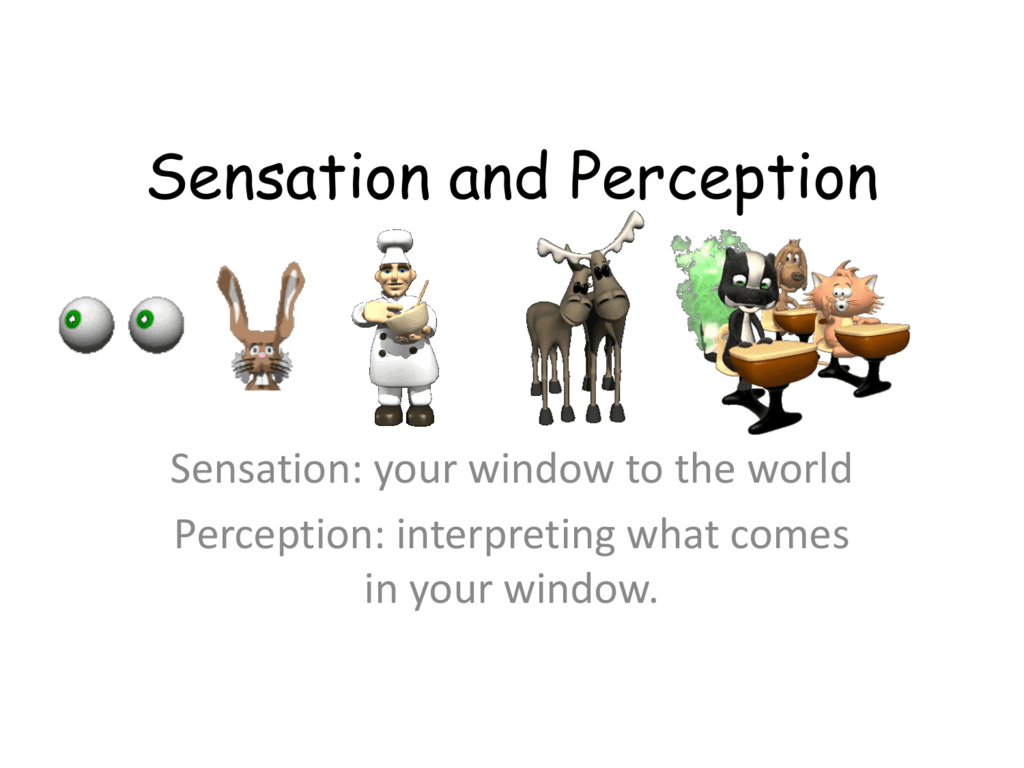


You will see a “finger sausage” as shown in the inset.

Try looking at your two index fingers when pointing them towards each other half an inch apart and about 5 inches directly in front of your eyes. Visual Cliff Innervisionsīinocular Cues Retinal disparity: Images from the two eyes differ. Even newborn animals show depth perception. Gibson and Walk (1960) suggested that human infants (crawling age) have depth perception. Reprinted from GAMES Magazine.© 1983 PCS Games Limited Partnershipĭepth Perception Depth perception enables us to judge distances. Grouping & Reality Although grouping principles usually help us construct reality, they may occasionally lead us astray. Grouping After distinguishing the figure from the ground, our perception needs to organize the figure into a meaningful form using grouping rules. Form Perception Time Savings Suggestion, © 2003 Roger Sheperd. Organization of the visual field into objects (figures) that stand out from their surroundings (ground). Gestalt psychologists showed that a figure formed a “whole” different than its surroundings. How do we form meaningful perceptions from sensory information? We organize it. Perceptual Organization When vision competes with our other senses, vision usually wins – a phenomena called visual capture. Reprinted with kind permission of Elsevier Science-NL. © 1981, by permission of Christoph Redies and Lothar Spillmann and Pion Limited, Londonģ-D Illusion It takes a great deal of effort to perceive this figure in two dimensions. Illusion of a Worm The figure on the right gives the illusion of a blue hazy “worm” when it is nothing else but blue lines identical to the figure on the left. Tall Arch In this picture, the vertical dimension of the arch looks longer than the horizontal dimension. Studying faulty perception is as important as studying other perceptual phenomena. Perceptual Illusions Illusions provide good examples in understanding how perception is organized. Daniel Simons, University of IllinoisĬhange Blindness Change blindness is a form of inattentional blindness in which two-thirds of individuals giving directions failed to notice a change in the individual asking for directions. Simmons & Chabris (1999) showed that half of the observers failed to see the gorilla-suited assistant in a ball passing game. Inattentional Blindness Inattentional blindness refers to the inability to see an object or a person in our midst. We can perceive different forms of the Necker cube however, we can only pay attention to one aspect of the object at a time. Selective Attention Perceptions about objects change from moment to moment. Perception The process of selecting, organizing, and interpreting sensory information, which enables us to recognize meaningful objects and events.


 0 kommentar(er)
0 kommentar(er)
